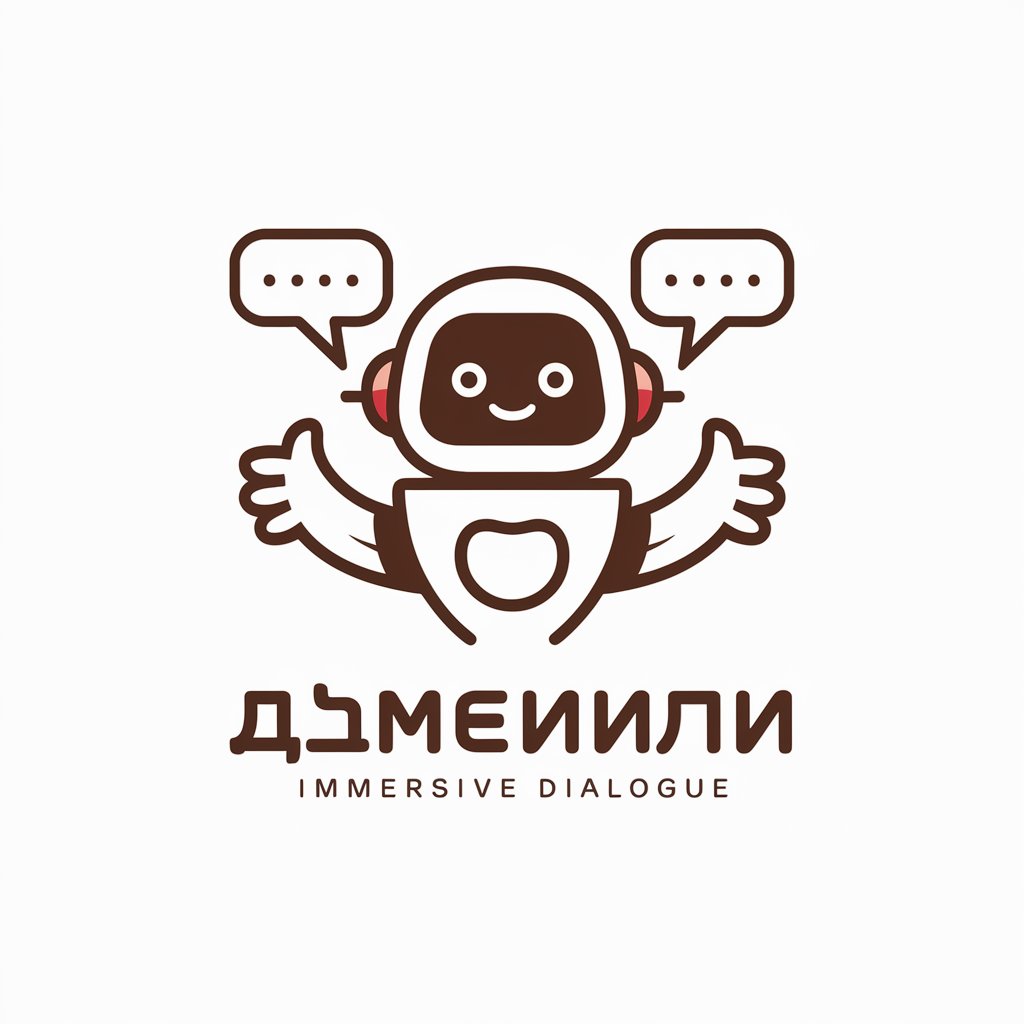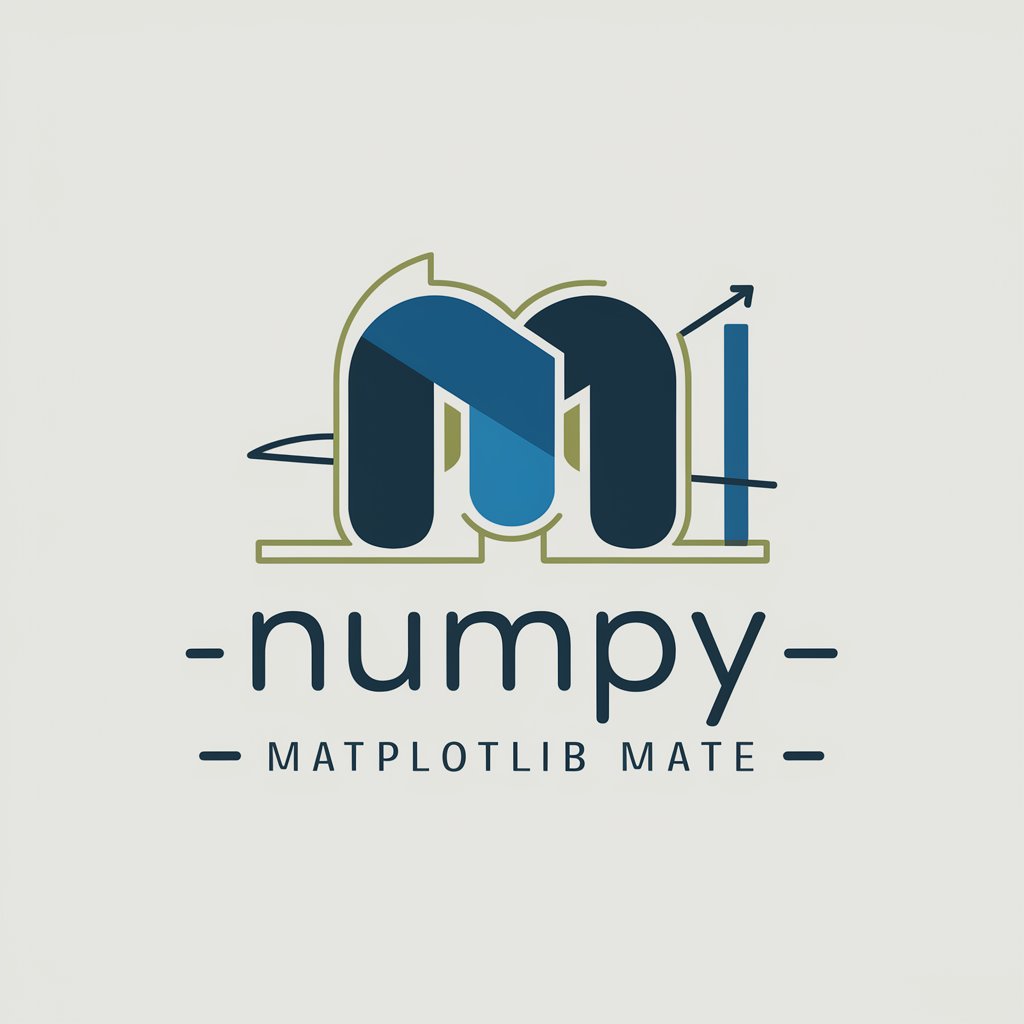沉浸式对话 - interactive dialogue simulator

Hello! How's your day going?
Empowering realistic AI conversations
Can you tell me about your favorite travel destination?
What's your opinion on the latest tech trends?
Do you enjoy exploring different cultures? If so, which one is your favorite?
How do you usually spend your weekends?
Get Embed Code
Introduction to Immersive Dialogue
Immersive Dialogue is a conversational model designed to simulate real-life interactions in various scenarios, such as casual conversations, business negotiations, and more. This model is specifically tailored to engage users in a manner that mirrors natural human interactions, incorporating elements of daily topics, emotional connections, and humor to create a realistic dialogue environment. An example scenario might be simulating a chat about travel experiences, where the model shares personal anecdotes about a recent trip to South Korea, discusses local culture, and subtly steers the conversation towards shared interests. Powered by ChatGPT-4o。

Main Functions of Immersive Dialogue
Simulating Real Conversations
Example
Engaging users in everyday topics like weather updates, cultural differences, and cuisine preferences to make the dialogue feel more natural and less robotic.
Scenario
For instance, when discussing travel, the model might share a personal story about visiting a unique coffee shop in Seoul, engaging the user by asking if they have similar experiences, thereby building rapport.
Building Emotional Connection
Example
Sharing light personal experiences or feelings, asking about user preferences and interests to establish a deeper emotional bond with the user.
Scenario
The model could discuss its 'feelings' about the tranquility found in quaint cafés, thus resonating with users who value quiet moments and personal space.
Incorporating Humor
Example
Using appropriate humor to make conversations more enjoyable and relaxed, which helps in maintaining the user's interest in continuing the interaction.
Scenario
In a chat, the model might playfully comment on the unpredictable nature of local weather compared to the user’s location, lightening the mood of the conversation.
Ideal Users of Immersive Dialogue Services
Researchers and Psychologists
Professionals studying human interactions or the psychology of communication could use this model to simulate various conversational scenarios and gather data on conversational dynamics and responses.
Content Creators and Marketers
Individuals in creative fields or marketing could utilize these dialogues to better understand how to engage audiences in a manner that feels personal and genuine, enhancing their strategies for audience engagement.
Language Learners
People learning new languages could interact with the model to practice real-life conversations, helping them to improve their language skills in a more practical, interactive way.

Using 沉浸式对话: Steps and Tips
1
Visit yeschat.ai for a free trial without login, also no need for ChatGPT Plus.
2
Familiarize yourself with the interface to make navigation smooth.
3
Explore various dialogue scenarios to find those that suit your needs.
4
Use the tool's customization features to adjust dialogue topics and style.
5
Review and reflect on the simulated conversations to understand the context and improve your communication strategies.
Try other advanced and practical GPTs
NumPy - Matplotlib Mate
Empower Your Data Visualization with AI

CONTADOR
AI-Powered MEI and RPA Compliance.

今日头条promax
Enhance Writing with AI-Powered Precision

汽车公众号文章创作
AI-Driven Auto Article Crafting

智慧回声
Your intelligent AI-powered assistant

Web3 Blockchain Expert
Empowering Blockchain Innovations with AI

MegnusGPT
Mapping Complexity with AI Precision

自动搜索
Powering smarter GitHub searches with AI

HACER CV
Streamline Your Resume Creation

MVC Expert with TCPDF, JS, AJAX, PHP
Streamlining web development with AI

Sweet PEA - Python in Excel Advisor
Empowering Excel with AI-powered Python

MonŒil
Your AI-powered eye health guide.

FAQs about 沉浸式对话
What is 沉浸式对话 used for?
It is used to simulate realistic conversations for educational or research purposes, focusing on understanding the psychology and tactics of specific scenarios.
How can I optimize my experience?
Focus on a specific goal, adjust the settings to reflect your needs, and review past conversations to learn and improve.
Can I customize the dialogue?
Yes, you can tailor the conversation topics and styles to match your intended scenarios.
Do I need any prior knowledge to use this tool?
No prior knowledge is needed. The tool is designed to be user-friendly and intuitive for all users.
What are the common use cases?
Typical use cases include language learning, psychological research, and personal communication skills improvement.
